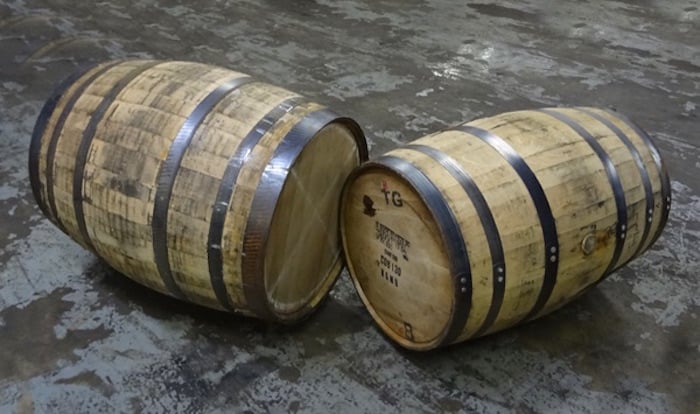The use of hogshead casks in the distillation and aging of spirits is rooted in centuries of tradition, but there's a science behind why these large barrels are so important for producing the unique flavor profiles that they do. Hogshead casks, also known as “hogsheads”, are large wooden barrels with a capacity of between 150 and 250 liters. They are commonly used for maturing and aging whiskey, brandy, and other spirits.
You can also check it here to get more information about hogshead casks.

Image Source : Google
The size of the hogshead cask is one of the primary factors that affects the flavor profile of the spirit. Large casks like the hogshead allow for greater contact with the wood, which infuses the spirit with oaky tannins and a distinct flavor. The larger size also encourages the spirit to interact with the air, allowing for the development of more complex and interesting flavors.
The type of wood used in constructing the hogshead is another important factor in determining the flavor profile. Varieties such as American oak, French oak, and Spanish oak impart different flavors and aromas to the spirit. For example, American oak imparts a strong vanilla flavor, while French oak imparts a more subtle flavor that is often described as “spicy” or “fruity”.
Finally, the age of the hogshead cask is another factor that can influence the flavor profile. Older barrels tend to impart a more mellow flavor, while younger barrels can impart more intense flavors. Generally, the longer a spirit is aged in a hogshead, the more complex and interesting the flavor profile will be.
